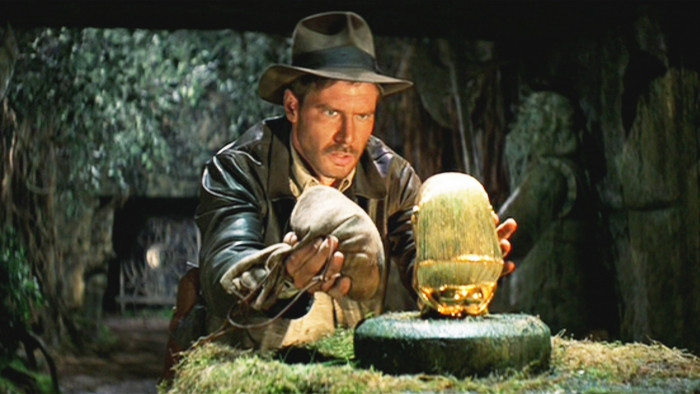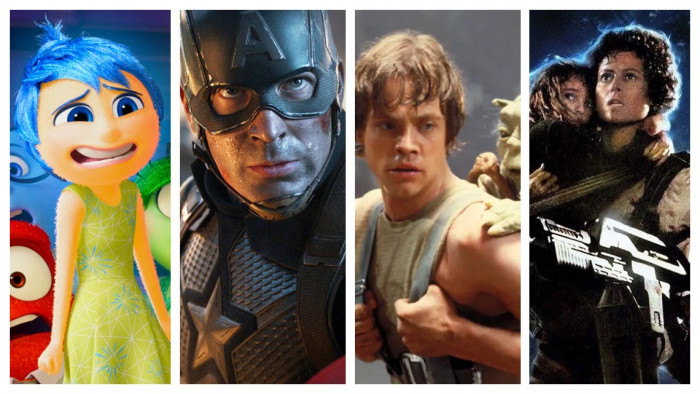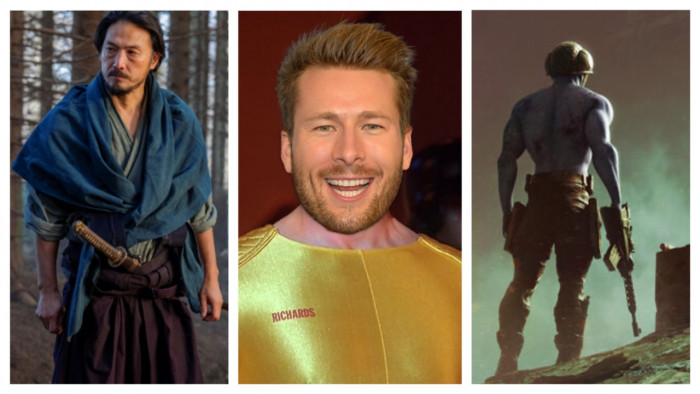Nearly 50 years on, Star Trek is still seen by some as strictly for geeks. Jonathan Pile aims a Vulcan salute at an underrated franchise

Of course, given the number of fans, if this sexless cliché were actually true, the future of the human race would be in serious jeopardy. And famous Trekkies include Daniel Craig, Angelina Jolie and Barack Obama. But still, even with the lens-flare-happy success of JJ Abrams’ 2009 update, it’s difficult to shake the idea that Star Trek’s utopian future ideals reside far from the acceptable face of sci-fi. You know, the one with lightsabers.
But it’s time to separate the type of person who dresses as Quark on dates (hello, Deep Space Nine fans) from the show they obsess over. They’re the reason the idea of being a Star Trek fan is socially dubious, not the programme. Admitting to liking The Killing would be far less acceptable if the world was crammed with overweight virgins wearing Sarah Lund jumpers and quoting the Danish for “Live long and prosper”.
The thing is, liking Star Trek is a broad idea anyway. What does it even mean? Do you like the creaky sets and progressive Sixties politics of the original series? The musings on the human condition popular in The Next Generation? The exploration of space in Voyager or Enterprise? The quips and action of JJ Abrams’ film?
Let’s begin with the original series that ran for three seasons in the Sixties. Yes most of the technology on the bridge of William Shatner’s Enterprise looks less futuristic than a Nokia 6110, but this was TV at its most forward-thinking.
The ship’s comms officer was Lieutenant Uhura – not just a woman, but a black woman. It might seem odd now, but her holding such a senior position was a unique proposition in the Sixties. And it wasn’t just that we were told she was as capable as the men on the ship, it played out in her actions, too.
She was also part of the first interracial kiss on US network TV – a plot point that so worried NBC executives, that two versions were scheduled to be filmed. But creator Gene Roddenberry and the actors in question, William Shatner (below) and Nichelle Nichols, conspired to film the kiss first, then deliberately fluff every take of the non-kiss scene to ensure it went out nationwide.
TO BOLDLY GO

In fact, it’s arguable TNG did it more successfully, allowing viewers to dip in and out without fear of missing a plot reveal that would explain why suddenly, after two-and-a-half seasons, there were two previously unseen jewel thieves among the survivors of Oceanic Flight 815.
Still, the reason we’re discussing this at all is due to the release of Star Trek Into Darkness, the sequel to the 2009 reboot (and yes, we’re using the term ‘reboot’. Because that’s what it is).
And here’s the thing: that was a film so good that after buying Lucasfilm for the Star Wars franchise, Disney hired JJ Abrams to direct Episode VII.
That’s right: Star Wars, the acceptable face of sci-fi geekery, is turning to Star Trek to erase the stench of the prequels and make it good again. Now that says a lot about how cool it’s become.
And even if you don’t think it is, that’s OK – Star Trek is doing just fine anyway.
Star Trek Into Darkness is at cinemas nationwide from 9 May
(Title image: Paramount Pictures, Allstar)
Latest
Related Reviews and Shortlists


The 10 best war movies of the 21st century









